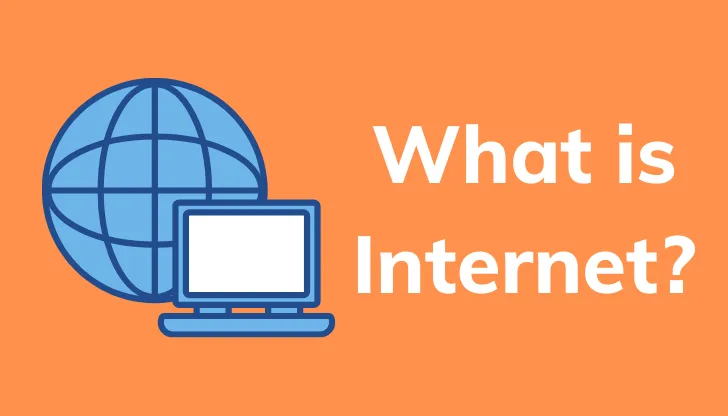The Internet is a vast network of interconnected computers and servers that enables the exchange of information and communication on a global scale. It is a transformative technology that has revolutionized the way we live and work, and it has become an essential part of modern life for billions of people around the world.
The Internet has also had a profound impact on the way we access and consume information. With just a few clicks, we can access a vast amount of information and media from around the world. This has led to the proliferation of online news sites, blogs, and social media platforms, which have changed the way we consume and share news and ideas.

The Internet was first developed in the late 1960s as a way for researchers and government agencies to share data and communicate with each other. Since then, it has grown exponentially, with the number of users increasing from a few hundred in the 1970s to more than 4.9 billion in 2020 (Internet World Stats).
The Internet is made up of a complex network of hardware and software that enables the transmission of data between computers. This network is made up of a variety of devices, including servers, routers, and switches, which are connected to each other through a series of cables and wireless networks.

One of the key features of the Internet is its ability to connect people and devices from anywhere in the world. This has enabled the development of online communities, social networks, and e-commerce platforms, which have transformed the way we interact with each other and conduct business.

Overall, the Internet has had a huge impact on our lives, and it continues to evolve and change as new technologies and innovations are developed. It is an essential tool for communication, commerce, and education, and it will likely continue to play a central role in our lives for many years to come.
